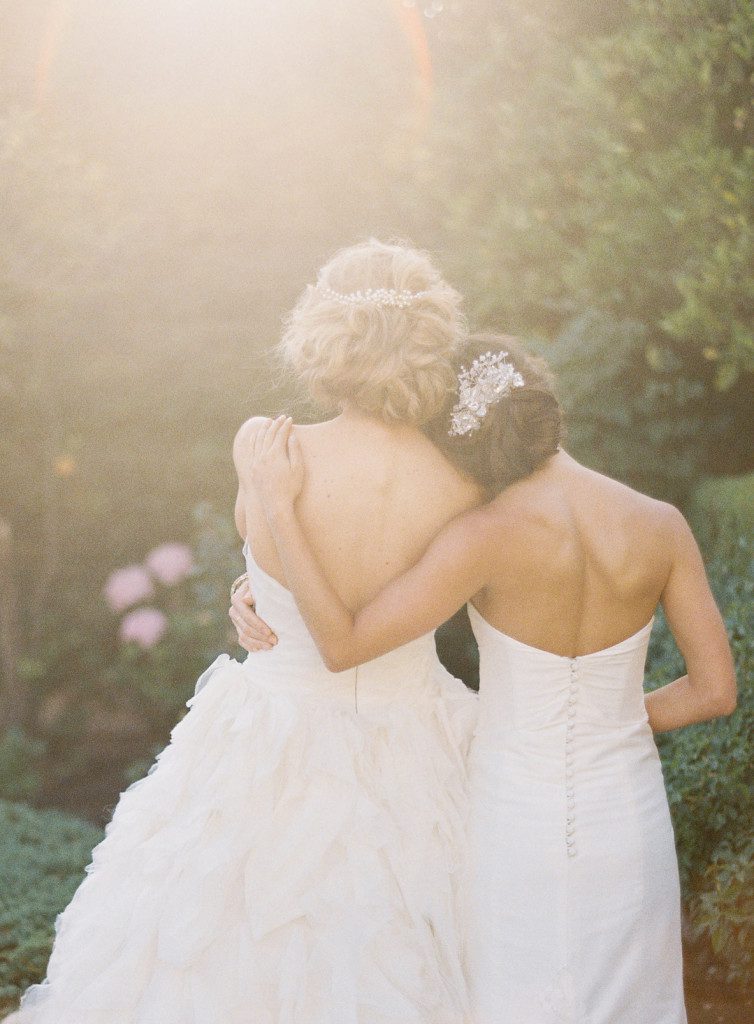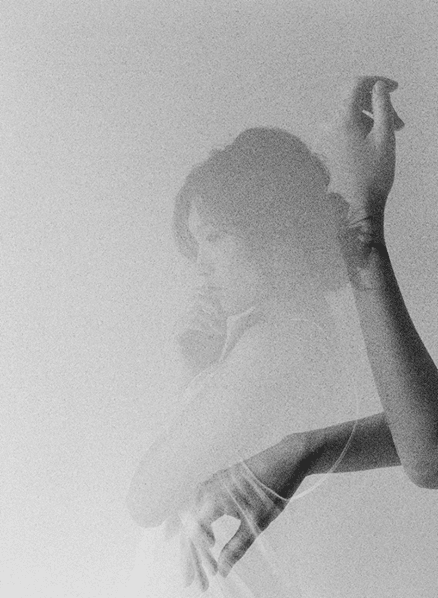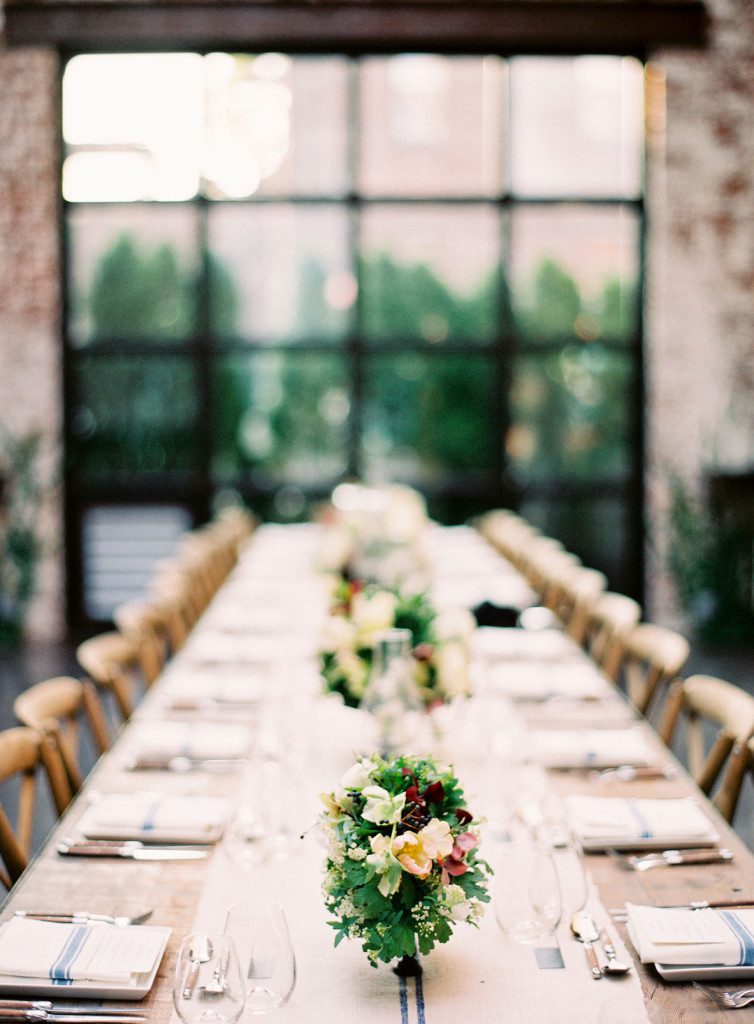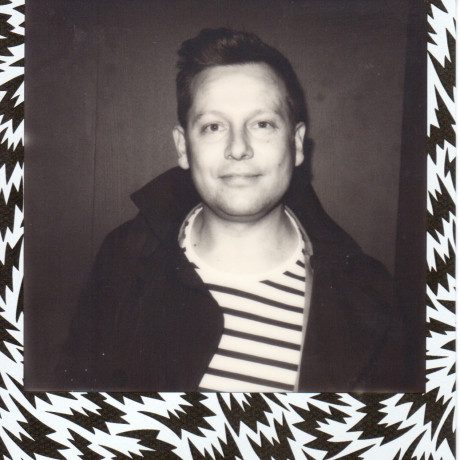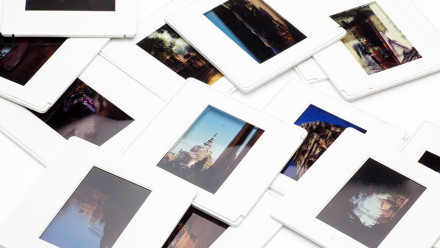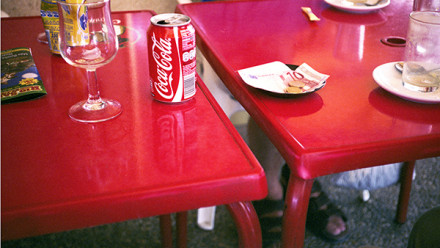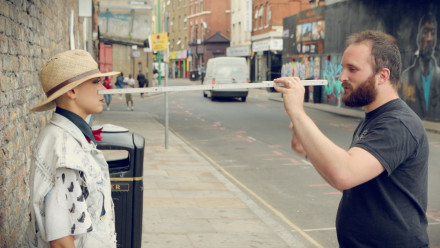Interview: Double Exposures With Jen Huang
Photographer Jen Huang’s dreamlike images suggest a fairytale world that she creates through painstaking styling and considered composition. Her photographic work spans weddings, family portraits, and lots of commercial shoots. PhotoBite spoke to Jen about using film, double exposures, and her wedding photography
PhotoBite: So tell us Jen, why do you shoot with film?
Jen: Film tells a story in a very natural, authentic way. But at the same time, it’s also very dreamy. It’s the world as seen through an optimist’s eye. If you took a vision of the world where everything is just pastel blend, light and prettiness. This system also has a darker, moodier side. Shooting with film allows you to focus on the subject matter, composition, and light so much more than digital technology. You’re not constricting yourself by looking at the back of the camera and checking each image after you’ve shot it. Instead, it’s preparation, taking the shots in your mind and knowing how to create an image without seeing it right afterwards.
PB: What underlying themes do you explore in your work?
Jen: Many of my clients describe my photos as paintings and I see them in a similar way. A painter studies a scene for a long time and makes sure everything is perfect. At the same time, they understand that as the world turns, everything is fluid. You can’t really control every individual detail. You have to let life in. The way that I shoot regardless of the project is bringing my stylist point of view, and I’m very hands-on in all of my shoots in that way – and then let authentic momentum show.
PB: Tell us what’s happening in this image. It’s not typically what you’d think of a wedding photo.
Jen: This is a film double exposure: double exposure is when two images are combined on the same negative. When you take a photo, the first image is going to be your stronger image. In this image, it’s the hands that were photographed first. I wanted the hands to be the focus, with her as almost an echo in the back.
That’s why she’s so faded in the background, because that entire area is all white wall. You’ve basically got just her hair touching on the hands and it creates this lovely little pattern almost like a bracelet. And then on her body, which is all full of white. The image works well for a smoky, dreamy image because there’s so much white space and so much light in it. If you had maybe done it on a black wall or a different, more cluttered backdrop, you wouldn’t get that kind of smoky feel.
On the technical side, when doing double exposures on film, you not only compose two photos into one, but you also have to calculate exposure for each frame correctly. For example, if the correct exposure is 1/60th of a second, then each of the exposures has to let in half as much light. If you’re combining two images, they would both be shot at 1/120th of a second so that the combined time is 1/60th of a second.
PB: What advice would you give for photographers wanting to experiment with double exposure?
Jen: I find that if you are constantly doing the same work, it’s very limiting and you never grow. Something that I’ve implemented in my own work is different challenges every time I shoot. For this particular shoot, I challenged myself to do more double exposures. Double exposures take more time, and require you to remember two consecutive images in your mind. They’re not easy to implement because you’ve got to plan it in advance. It’s two frames, and there’s a lot of talking a model or a couple through it. Because it takes time, you’re taking fewer images; ultimately, you’re combining two images.
I really wanted to get detail that spoke of beauty in a way that wasn’t, “Here’s my face, hair, and makeup.” I would do straight on shots with beauty, but then I would also incorporate other elements: gentle gracefulness in the hands or neck or the shoulder with just a peek of a curl. That, to me, says beauty in a different, softer way. Before a shoot, I brainstorm: How do I tell the story in a different way, in a better way, in a less direct way? This image is the combination of those two ideas where you’ve got this beautiful arm and movement, as well as a portrait of the model. Combining those two thoughts together just gives you a haunting image of beauty.
PB: How did you become a full-time professional photographer?
Jen: My father shot medium format throughout his life, and I was always surrounded by camera equipment. But I never realized that this was going to become my job until it became my job. I took dark room classes and photography classes. In college, I majored in art and communications. When I graduated, I worked in advertising for J. Walter Thompson’s DeBeers’ account. DeBeers, which sells diamonds, is one of the strongest brands in the world. To see how they achieved that and how they marketed a luxury item, which is exactly what my work is, was fascinating and really helped me develop a marketing and branding eye. When I started my photography business, I started out around the same time as the leading Style Me Pretty wedding blog. We grew together and I have to thank them for getting my name out there faster than it ever would have if there weren’t blogs.
If you’d like to see more of Jen Huang’s photography, visit her Adobe Stock contributor page and browse through her images included in the recently launched Premium collection or at jenhuangphoto.com

